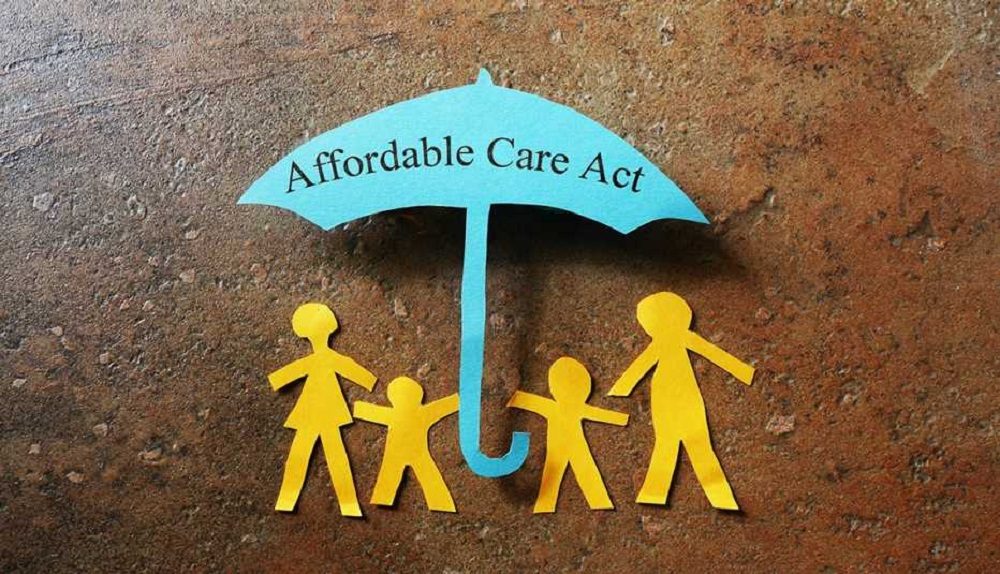
How the Expiration of ACA Subsidies Could Impact Millions in 2025

With the potential expiration of enhanced ACA subsidies, millions of Americans risk losing critical support that currently makes health insurance affordable. ACA subsidies, implemented to reduce premium costs, are set to end in 2025 unless renewed by Congress. This shift could place a significant financial burden on families relying on these subsidies for affordable health care.
Enhanced ACA Subsidies and Their Impact
The enhanced ACA subsidies were introduced to reduce health insurance premiums for individuals purchasing coverage through the Affordable Care Act (ACA) marketplaces. Under these provisions, many middle-income individuals and families received premium reductions, broadening access to health care. According to health policy experts, these subsidies have successfully decreased premiums by up to 44% for eligible enrollees, making healthcare more accessible for millions.
However, if the subsidies expire, premiums could spike, with significant implications for the 20 million Americans currently benefiting from these enhanced supports. This potential increase in premiums could reduce ACA marketplace enrollment as many would find coverage unaffordable without subsidies.

Credit: Farmworker Justice | The enhanced ACA subsidies reduced health insurance premiums for individuals purchasing coverage through the Affordable Care Act marketplaces.
Potential Loss of Coverage for Middle-Income Families
The expiration of enhanced ACA subsidies would most directly impact middle-income households. ACA marketplaces have allowed many families just above the federal poverty threshold to access affordable health insurance. Without these subsidies, middle-income enrollees, particularly those earning slightly over 400% of the poverty level, could see premiums increase significantly, possibly making insurance coverage financially unsustainable.
As insurance costs rise, healthcare coverage could become unattainable for many families. Cynthia Cox, vice president at the nonprofit KFF, highlights that individuals may face premiums that constitute 20% or more of their income, a drastic shift from current levels. This financial strain could lead many to drop their coverage, substantially increasing the uninsured population.
Geographic Disparities in Impact
The loss of ACA subsidies would not affect all Americans equally. Residents of states with high health insurance premiums, often rural areas, could face even more substantial cost increases if subsidies end. These regions already contend with fewer insurers and higher costs, placing added pressure on households as subsidies phase out. Rural families, who often have limited access to employer-sponsored health insurance, may face difficult choices about their coverage in the absence of ACA subsidies.
Losing subsidies could widen health care accessibility gaps in rural and underserved areas. Without affordable marketplace options, residents might delay or forego medical care, risking greater health disparities across the country.

Stacker | MSN | The loss of ACA subsidies would affect residents of states with high health insurance premiums.
Predicted Decline in ACA Enrollment
The Congressional Budget Office (CBO) projects that ACA marketplace enrollment would sharply decline if subsidies end. Approximately 22.8 million Americans are expected to enroll in ACA plans by 2025. However, without subsidies, that number could fall by almost four million by 2026, with projections suggesting further declines through 2030.
This enrollment drop would primarily affect low- and middle-income families who depend on ACA subsidies for affordable coverage. As premiums rise, many would be forced to exit the marketplace, joining the ranks of the uninsured. This shift could strain public health resources as more individuals turn to emergency care for untreated conditions, driving up healthcare costs across the system.
The Long-Term Costs of Letting Subsidies Expire
The decision to let ACA subsidies expire carries a significant financial impact. According to the CBO, making these subsidies permanent would cost an estimated $335 billion over ten years. Yet, allowing them to end could lead to indirect costs, as uninsured individuals often rely on costly emergency services due to the lack of routine care.
Additionally, enrollment growth since introducing subsidies indicates that these provisions have expanded health coverage access, especially for low-income Americans. Without subsidies, enrollment could return to pre-subsidy levels, leaving millions without viable healthcare options.
More in Health Insurance
-
`
Chad Smith and Will Ferrell Drum-Off – A Night of Comedy and Music
The year was 2014. The late-night talk show landscape was abuzz with a brewing battle unlike any other. It wasn’t a...
July 8, 2024 -
`
Can Coughing Cause Back Pain?
Back pain is a common complaint among many individuals, but did you know that a simple action like coughing can exacerbate...
July 5, 2024 -
`
How to Overcome Imposter Syndrome?
Imposter Syndrome is a familiar term many recognize as a psychological state where individuals doubt their accomplishments, fearing that others will...
June 27, 2024 -
`
Which Peptides Are Best for Anti-Aging?
For those seeking to combat the signs of aging and maintain a youthful appearance, the world of skincare can feel overwhelming....
June 18, 2024 -
`
Celebrities with Celiac Disease – Inspirational Stories and Struggles
Celiac disease is a serious condition, and even the rich and famous aren’t immune. Many celebrities have been open about their...
June 10, 2024 -
`
How to Fix Poor Sleep Hygiene for Better Rest
Sleep is a fundamental human need, as crucial for our well-being as a healthy diet and regular exercise. Yet, many people...
June 6, 2024 -
`
5 Easy & Effective Ways of Coping With Depression
Depression is more than just feeling sad or having a bad day. It is a pervasive mental health condition that affects...
May 30, 2024 -
`
Top 10 Practical 60th Birthday Ideas For Everyone
Turning 60 is a milestone worth celebrating! Whether you are planning your own bash or organizing a celebration for a loved...
May 24, 2024 -
`
What is the Meaning of Angelina Jolie’s Back Tattoo? Explore
If you have ever caught a glimpse of Angelina Jolie’s back tattoo, you might have wondered, “What is the story behind...
May 17, 2024















You must be logged in to post a comment Login